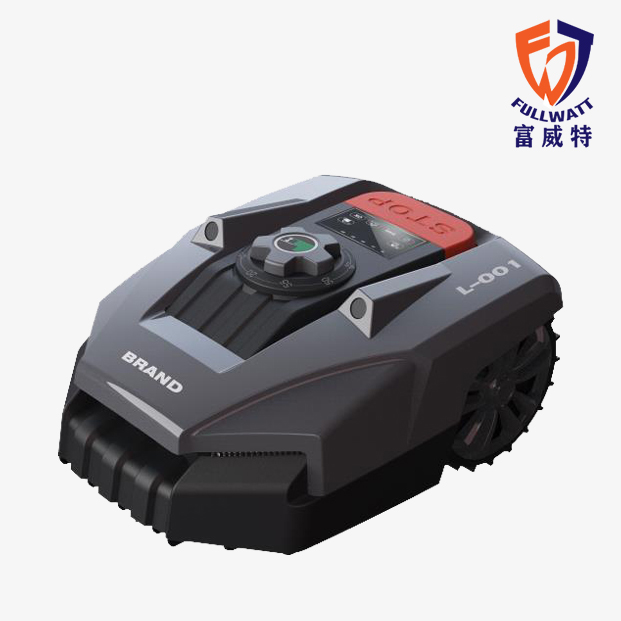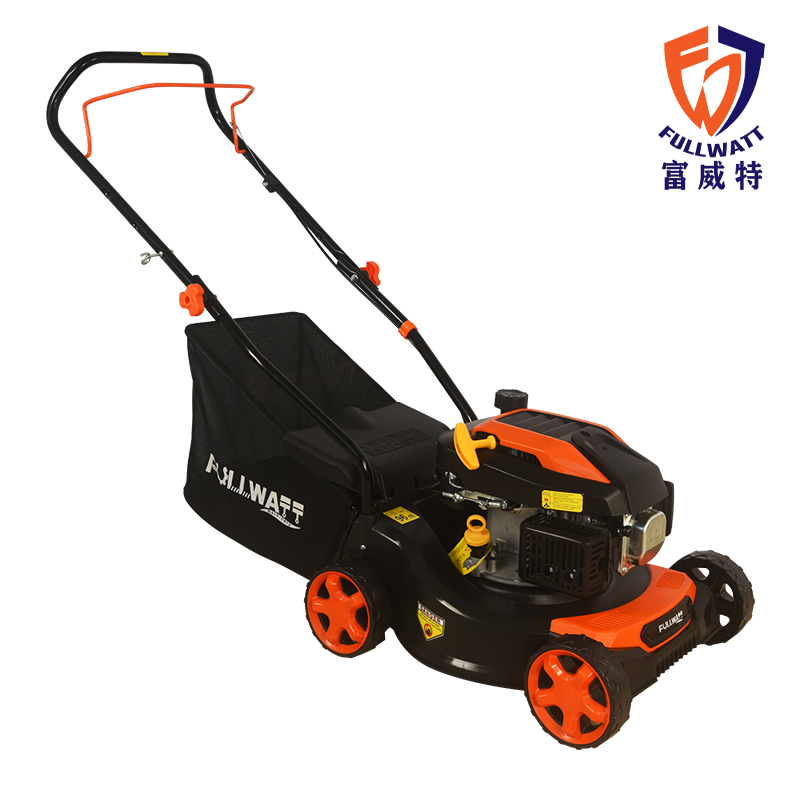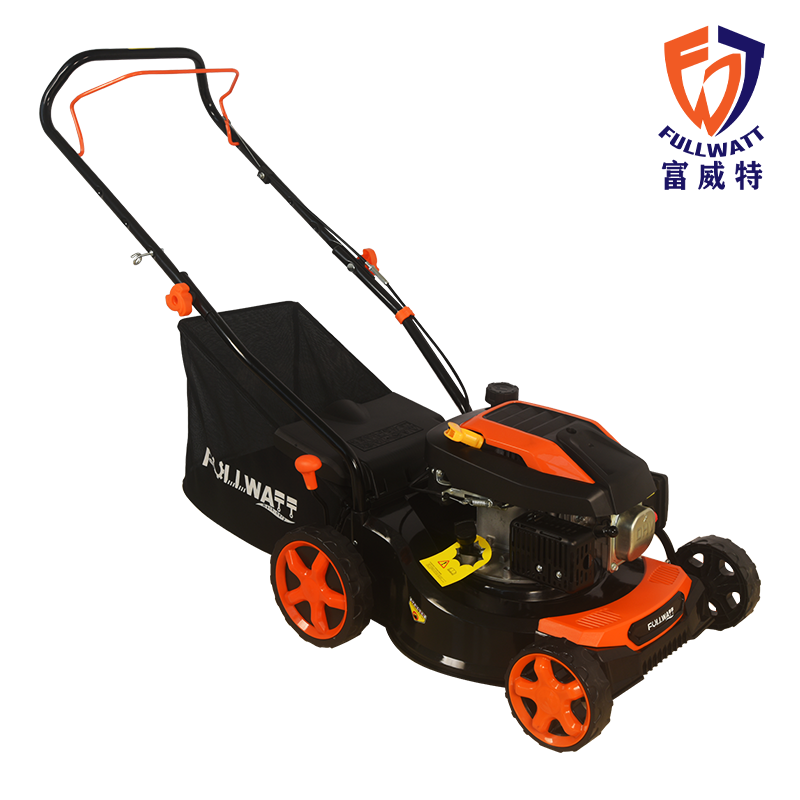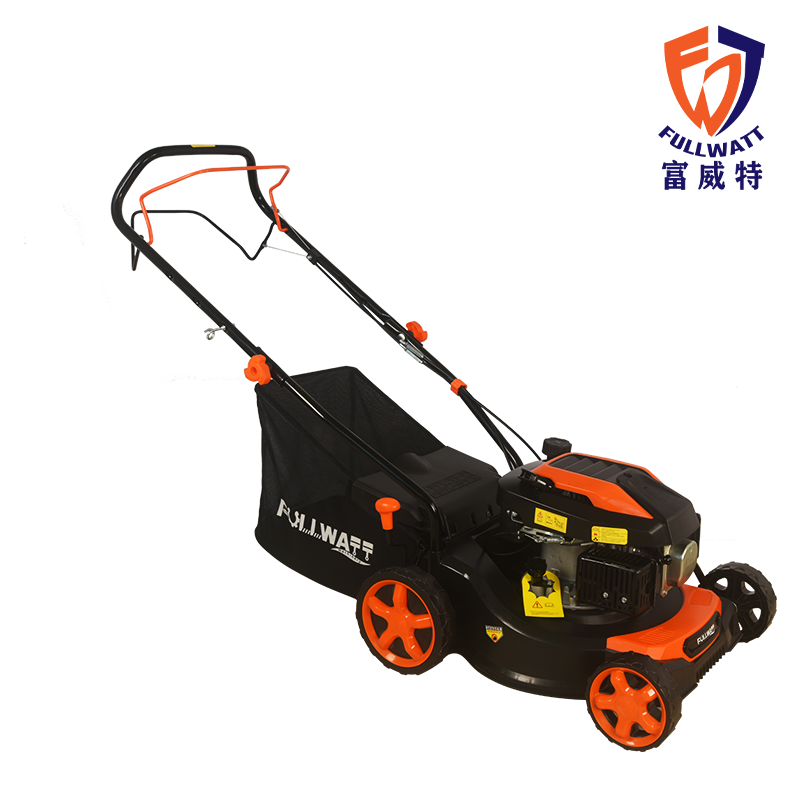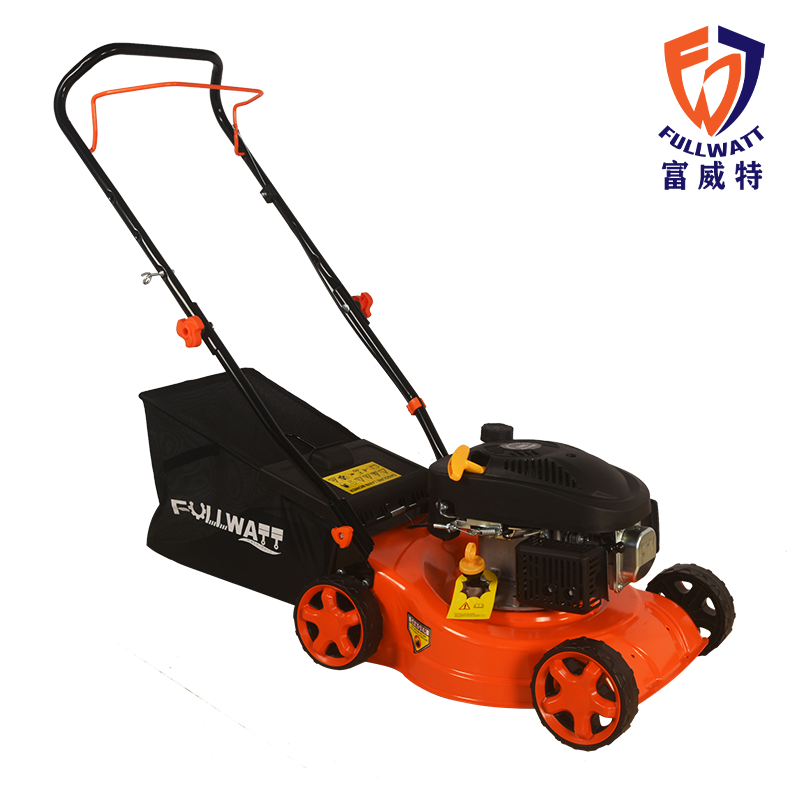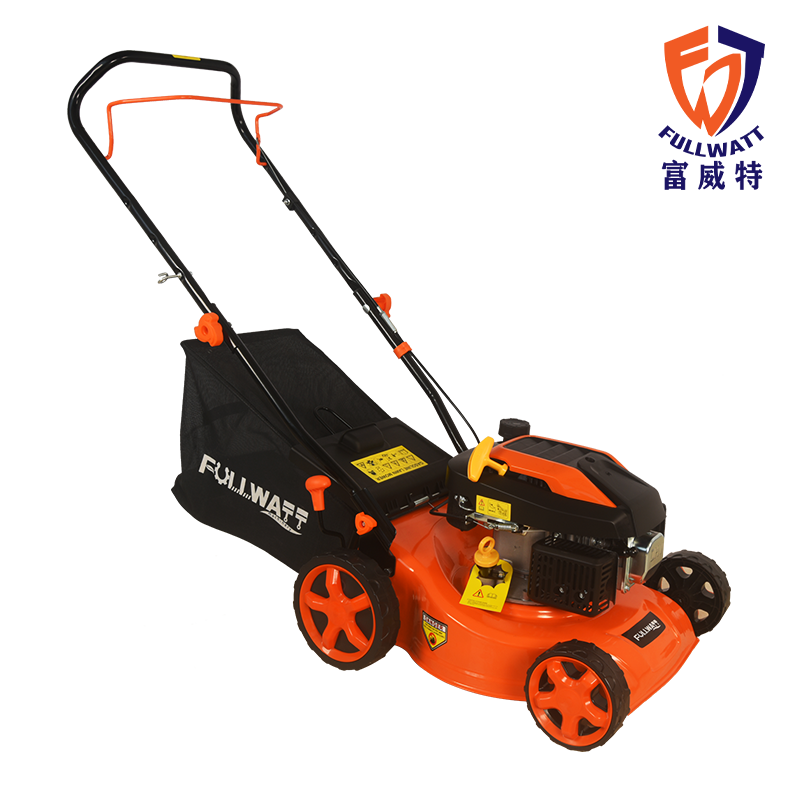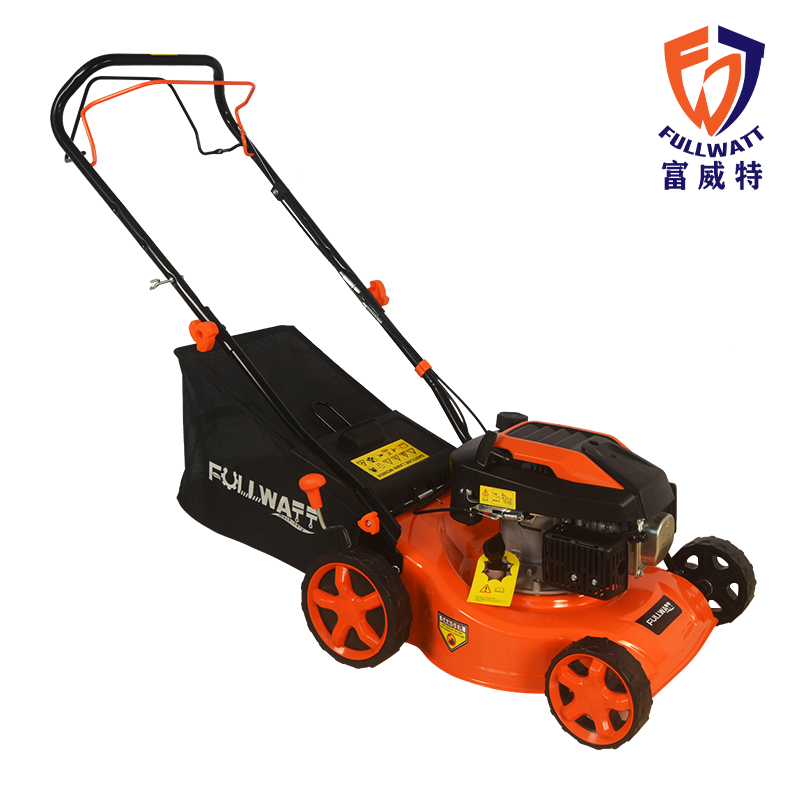Self-propelled lawn mowers make your mowing experience more like an afternoon drive through the country and less like Sisyphus straining to push a mower up a hill. In short, these mowers have a drive system (like a car) that, once engaged, pushes the mower forward. All you have to do is steer.
It works in much the same way any gas or battery-powered mower works. The difference is that the mower pushes itself forward instead of the operator (you) pushing from behind.
As with most gas-powered lawn mowers, hold down the handlebar and pull the cord. Then pull up on the drive lever to engage the drive system. For a battery-powered motor, push the start button and pull on the handle to start moving forward.
The drive system is similar to the one in your car: Once you engage the drive lever, the drive system engages the wheels, and the mower propels itself forward.
Safety Tip: If you ever need to stop the mower immediately, let go of both handles, and the mower and drive system will stop.
Like a car, self-propelled mowers come in all-wheel drive, front-wheel drive, and rear-wheel drive. Here’s a breakdown of each.
Pros and cons of self-propelled mowers
If you are older or want to make your mow a little less exhausting, self-propelled mowers offer many benefits. You can choose from single- or variable-speed models and enjoy the benefits of side discharge, mulching, or bagging on most models.
So, is there a downside? Well, kind of. These mowers aren’t right for every yard. Consider three things as you’re doing your mower research: the size of your yard, cost vs. time, and terrain.
Size of your yard: If your lawn is so small you could mow it with a weed eater, a self-propelled mower isn't for you. Consumer Reports recommends a self-propelled mower for anyone with half an acre to an acre of lawn space. Other experts, however, recommend self-propelled mowers for lawns even as small as a quarter of an acre.
Cost vs. time: Time is money, right? Self-propelled mowers cost more than their push mower counterparts, but they get the job done faster than a push mower. You also have a more even cut if you let the mower maintain a consistent speed as you mow. If your time is more valuable than a few extra dollars, it's worth the investment.
Terrain: If you have a very small, flat lawn, a self-propelled lawn mower may not be worth the investment. If your lawn is on an incline or has uneven terrain, a self-propelled mower can get the job done with less effort from your human-powered drive system.
Another thing to consider is the density of your lawn. If you have dense grass that is a challenge to get through with a push mower, a self-propelled lawn mower will make the job much easier. Its drive system will supply all of the forward push to power through the lawn.
Curves also present a challenge. Do you have a lot of trees on your property? As you go around curves, the back wheels of a lawn mower stay on the ground, but the front wheels have to come off the ground. A rear-wheel-drive mower makes mowing on curves a whole lot easier.
If this article doesn't let you fully understand China lawn mowers, please contact Fullwatt, a garden machinery manufacturer. We’ve got the motivation and the commercial-grade, self-propelled gas lawn mowers that will take care of your lawn in a jiffy.

 English
English 简体中文
简体中文 Deutsche
Deutsche


